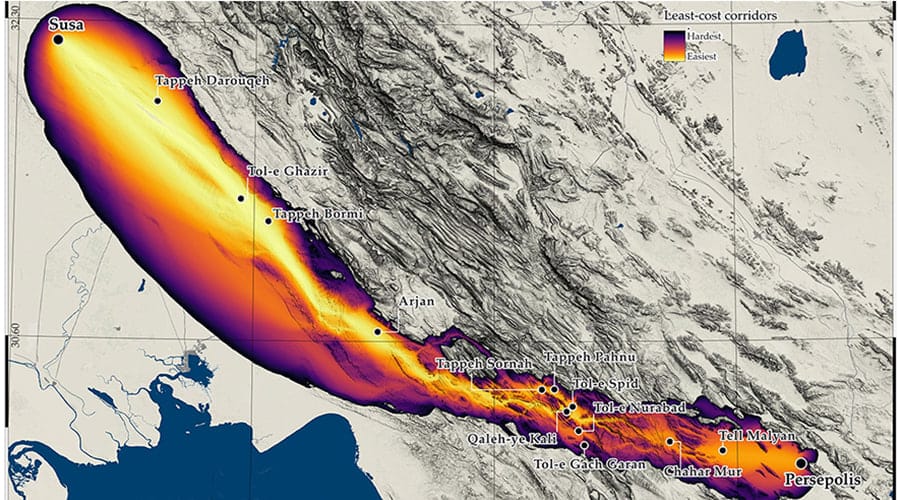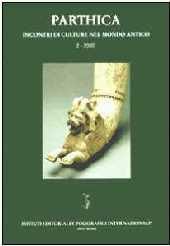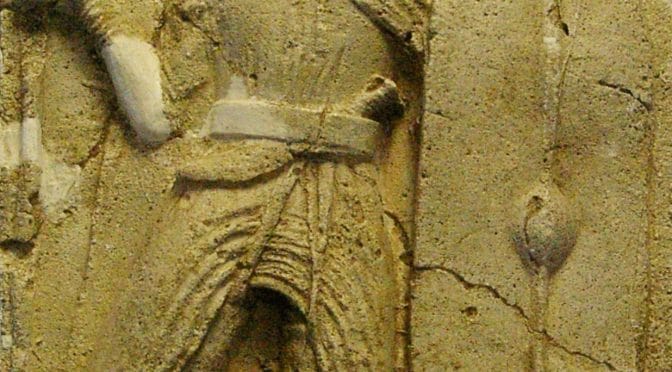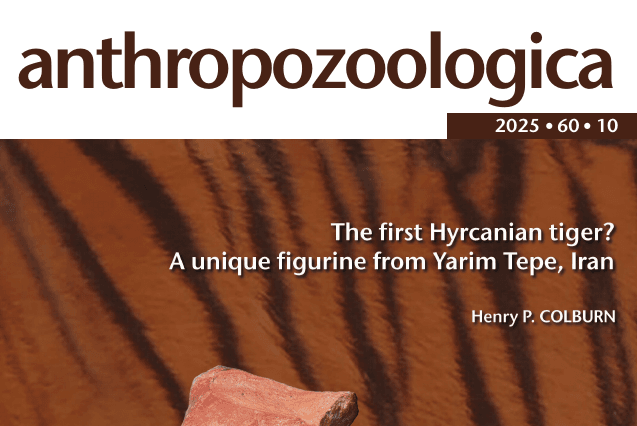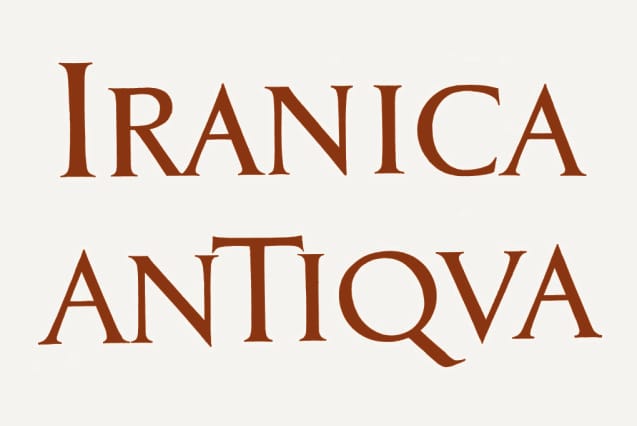Messina, Vito & Jafar Mehr Kian (eds.). 2025. Shami, Kal-e Chendar: Research of the Iranian-Italian Joint Expedition in Khuzestan. Bicester: Archaeopress.
This report details the Iranian-Italian Joint Expedition’s research (2012-2018) at Kal-e Chendar, Khuzestan. It reveals a multifunctional religious complex from the Hellenistic and Parthian periods (3rd century BCE to 2nd century CE), with interconnected religious, funerary, and social functions.
This report publishes the results of the research conducted between 2012 and 2018 by the Iranian- Italian Joint Expedition in Khuzestan at Kal-e Chendar, in the valley of Shami, about 30 km north of present-day Izeh. The project aimed to shed new light on one of the most intriguing religious complexes of Hellenistic and Parthian Iran, located in highland Khuzestan, the heart of ancient Elymais. Identified thanks to the accidental discovery of statues (some fragmentary) in 1935, the site of Kal-e Chendar was briefly investigated by Sir Marc Aurel Stein, one of the most famous explorers of Inner Asia, and Bahman Karimi, Inspector of the Iranian Antiquities Service, early in 1936. It was subsequently to fall into oblivion for many decades despite the importance of the discoveries they made. Based on an interdisciplinary approach, the research project aimed to acquire new information on the materiality of the site and to systematically study its archaeological context, putting forward new interpretations of the function, chronology and meaning of the complex.
Based on previous investigations and the results of this new research, it is clear that an important religious complex existed at Kal-e Chendar in the Hellenistic and Parthian periods, from about the 3rd century BCE to the 2nd century CE. The complex was multifunctional. Its religious dimension, although of paramount importance, was not the only characteristic of the site: monumental terraces, built to support sacred buildings now lost, alternate with a wide cemetery, implying that religious and funerary functions were here strictly interrelated. The complex also probably had social meaning.

